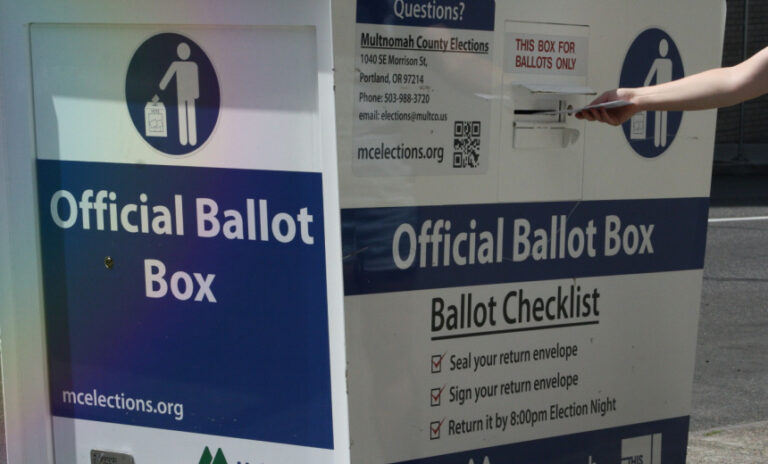The upcoming presidential election is generating considerable interest as various polls and forecasts indicate potential outcomes in a hypothetical matchup between Vice President Kamala Harris and former President Donald Trump. As the 2024 election approaches, analysts aim to predict the dynamics that could shape the Electoral College vote totals, scrutinizing regional voting patterns, demographic shifts, and the impact of key issues.
What do the latest election forecasts predict for Harris vs. Trump electoral college vote totals?
Forecasts suggest a competitive race, with both candidates likely to draw significant support from their respective bases. Current predictions estimate that Harris could secure around 290 electoral votes, while Trump might garner approximately 248 electoral votes, making the race highly contested in critical swing states.
Understanding Electoral College Dynamics
The Electoral College plays a crucial role in determining the winner of the presidential election in the United States. Comprising 538 electors, a candidate must obtain a majority of at least 270 electoral votes to claim victory. Each state contributes a specific number of electors based on its population and congressional representation.
The electoral map can shift considerably based on factors like voter turnout, party identification, and campaign strategies.
| Candidate | Projected Electoral Votes | Key Swing States |
|---|---|---|
| Kamala Harris | 290 | Arizona, Michigan, Wisconsin |
| Donald Trump | 248 | Florida, North Carolina |
Current Polling and Forecast Trends
Several reputable polling organizations have released forecasts analyzing Harris and Trump’s standing among voters. As of October 2023, a collection of polls indicates that Harris maintains a slight edge in nationwide support, particularly among younger and more diverse demographic groups. According to the latest averages from FiveThirtyEight, Harris leads Trump by approximately 3 percentage points in national polls.
The following table provides an overview of recent polling data:
| Polling Organization | Harris Support (%) | Trump Support (%) | Margin of Error (%) |
|---|---|---|---|
| ABC News/New York Times | 48 | 45 | ±3 |
| Quinnipiac University | 46 | 44 | ±2 |
| Pew Research Center | 47 | 44 | ±3 |
This data underscores the tight race ahead of the election, with fluctuating support for both candidates in battleground states.
Impact of Key Issues on Voter Preferences
As the election date approaches, key issues are influencing voter preferences. Topics such as the economy, healthcare, climate change, and social justice are paramount. The Harris administration’s policies on these issues have garnered both support and criticism.
Economy: After a prolonged recovery from the pandemic, concerns surrounding inflation and job growth significantly impact voter sentiment. Polls indicate that economic performance will be a decisive factor for many voters.
Healthcare: The Biden administration has pushed for expanded healthcare access, an issue that resonates with many voters. Voters’ views on healthcare could sway results in states with large populations relying on Medicare and Medicaid.
Climate Change: With increasing awareness around climate issues, younger voters are likely to support Harris’s policies aimed at combating climate change, which could fuel turnout in key demographics.
Social Justice: The ongoing discourse around racial justice and equity remains a critical component of this election. Harris’s advocacy for social justice aligns with the progressivism that appeals to younger voters.
Regional Variations and Swing States
Regional variations play a significant role in shaping electoral outcomes. Key swing states will be fiercely contested, and both candidates will strategize to appeal to undecided voters. States such as Arizona, Michigan, and Wisconsin are highlighted as crucial battlegrounds where each candidate must secure a strong turnout.

Key Swing States Analysis:
| Swing State | Electoral Votes | Current Polling Lead | Key Issues |
|---|---|---|---|
| Arizona | 11 | Harris (+2) | Immigration, Economy |
| Michigan | 16 | Harris (+1) | Manufacturing, Economy |
| Wisconsin | 10 | Trump (+1) | Agriculture, Education |
Understanding the specific concerns of voters in these states will be vital for both campaigns.
Campaign Strategies in the Run-Up to the Election
Harris and Trump will likely employ distinct strategies as they approach the election, leveraging their individual strengths. Harris is expected to focus on mobilizing the youth vote and emphasizing her administration’s achievements. Outreach efforts to diverse communities and women could amplify her support.
Conversely, Trump will probably aim to consolidate his base, particularly in rural areas and among white working-class voters. His messaging may center on economic recovery and law-and-order themes, resonating with voters concerned about safety and jobs.
Conclusion: The Road Ahead
As the election draw near, voters will examine the positions and records of candidates closely. The ongoing economic recovery and pressing issues like healthcare and climate change will dominate the narrative. How each candidate addresses these challenges will significantly affect their chances of winning electoral votes.
Both parties will intensively campaign to sway undecided voters, and with the recent polling trends, the race between Harris and Trump remains tightly contested. With only a few months remaining, campaign strategies will be crucial in shaping the ultimate outcome.
As we gather more data in the days leading up to the election, the landscape may shift significantly. Voter engagement and turnout will be crucial in determining which candidate will ultimately claim victory in the 2024 presidential race.
